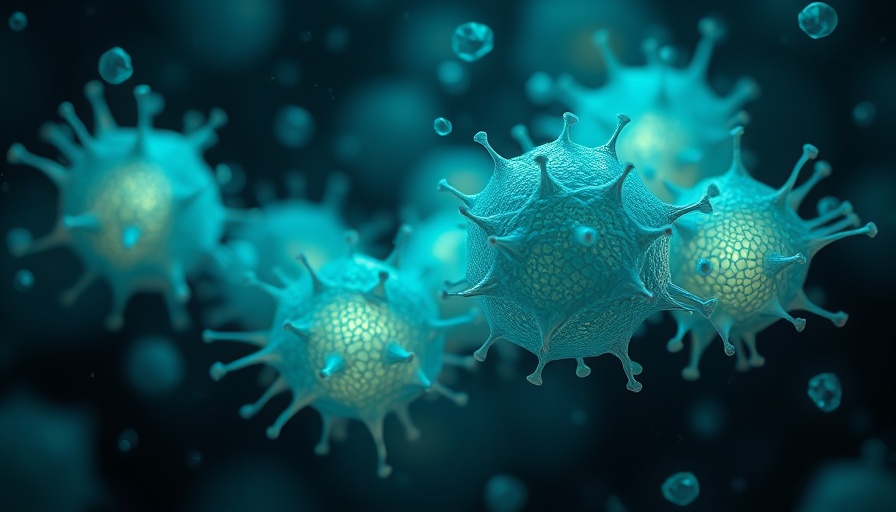
Understanding the Costs of Photosynthesis and Cellular Remodeling
In the dynamic world of unicellular organisms, the red alga Galdieria partita stands out for its remarkable adaptability. Similar to some land plants, these algae can transition between different metabolic states depending on available resources. When organic carbon sources are plentiful, Galdieria partita can enter a heterotrophic state, essentially bleaching its photosynthetic structures to maximize growth. This fascinating process highlights the significance of metabolic flexibility in aquatic environments.
A Deeper Dive into Photosynthesis and Heterotrophy
Research shows that the energy costs of maintaining photosynthetic capabilities can significantly impact cellular growth and resource allocation. Photosynthetic cells of Galdieria partita require up to 1.7 times more nitrogen, proteins, and fatty acids compared to their heterotrophic counterparts. The reason? These cells are heavily engaged in synthesizing proteins for photosynthesis and managing the complexities of light absorption and energy conversion.
Why Grow Faster? The Biological Payoff
The transition to heterotrophy dramatically accelerates growth rates, allowing cells to multiply 1.6 times faster. This begs the question: why would algae prioritize faster growth over maintaining photosynthesis?
The answer lies in survival and adaptation. Under conditions rich in soluble organic carbon, Galdieria partita reduces investments in photosynthetic proteins, reallocating energy to grow more rapidly. This strategic energy management reveals the algae's evolutionary advantage in variable environments. Observing such adaptations can provide insights into biohacking strategies that aid human health and longevity.
What We Can Learn: Insights into Cellular Health
The findings from the study's comparative omics analyses extend beyond the fascinating realm of unicellular algae. They offer valuable takeaways for health-conscious individuals interested in optimizing their well-being. By understanding how Galdieria partita reallocates its resources based on environmental cues, we might draw parallels to our own nutritional strategies. Humans, too, can benefit from a personalized approach to dietary intake, selectively choosing nutrient-dense foods based on their current lifestyle demands.
Enhancing Longevity: Strategies Inspired by Nature
Just as Galdieria partita adjusts its metabolic processes, individuals can biohack their health by focusing on cellular well-being to optimize longevity. Integrating nutrient-rich foods, managing stress, and incorporating exercise can foster resilience. Some tips include:
- Adopt a Mediterranean Diet: Packed with anti-inflammatory ingredients, this diet supports cellular health and longevity.
- Include Quality Supplements: Consider supplements known for promoting cellular health—such as omega-3s—mirroring the diet richness observed in successful algal growth.
- Practice Mindfulness: Enhancing mental health through techniques like meditation can improve your overall healthspan.
Practical Tips: What to Take Away
The cellular transformation in Galdieria partita serves as a reminder of nature’s efficacy in resource management. As we shift our focus from mere survival to health and longevity:
- Prioritize a nutrient-rich diet focusing on whole foods, akin to the resources that enable photosynthetic efficiency.
- Stay adaptable; be ready to modify your diet and health strategies according to changing circumstances, just as algae do.
In a world where wellness often feels overwhelming, these biohacking insights inspired by Galdieria partita can offer clarity in navigating personal health journeys.
Call to Action: Embrace Your Biohacking Journey
Are you ready to optimize your health like the adaptable algae? Consider integrating these strategies into your daily routine and discover what works best for you. Take charge of your longevity journey today and embrace a lifestyle that enhances cellular health and overall well-being!
 Add Row
Add Row  Add
Add 




 Add Row
Add Row  Add
Add 


Write A Comment